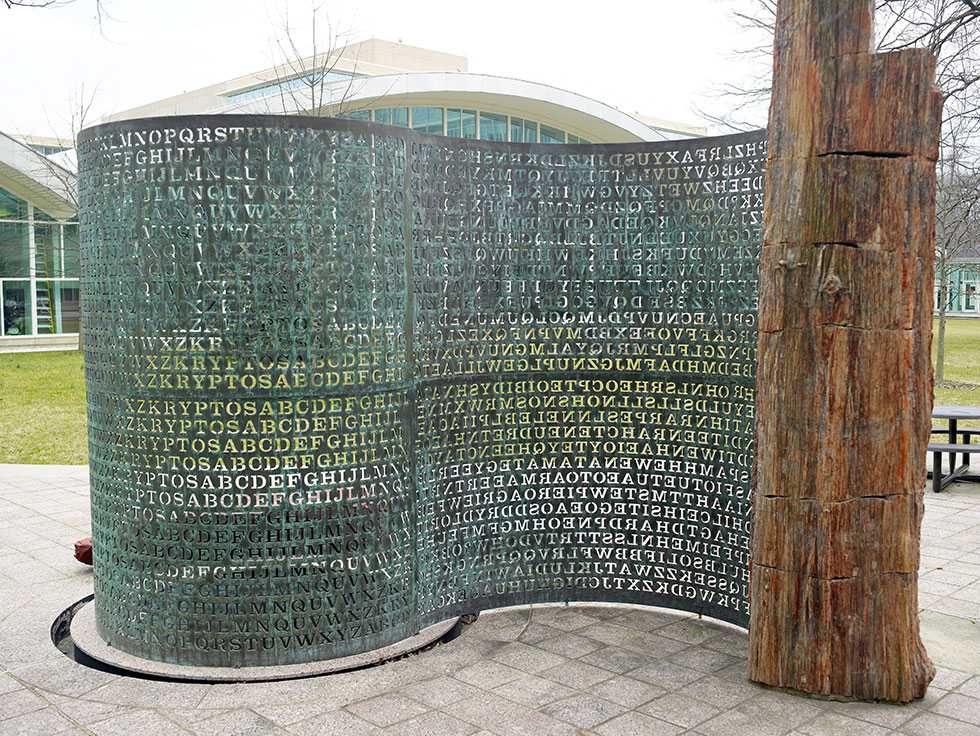"The fact that Ivory Coast hired a veteran French coach – Jean‑Louis Gasset – with no experience in African football before the Africa Cup of Nations, only to sack him after their miserable performance in the group stages and replace him with a former international player but novice manager, Emerse Faé, for their last‑16 game against Senegal speaks to the cocktail of incompetence and chaos that is Ivorian football. Not even the pulsating, national morale-boosting penalty‑shootout win against Senegal on Monday, which sent the streets of Ivory Coast’s capital Yamoussoukro into a frenzy of jubilation into the early hours of Tuesday, can mask this fact. ..."
Guardian
South Africa knock World Cup semi-finalists Morocco out of Africa Cup of Nations
Ivory Coast’s redemption arc: AFCON hosts go from despair to delirium "Senegal’s supporters banged their drums with such ferocious intensity that it felt like they were rallying troops — maybe that was their intention. Scattered around the Charles Konan Banny Stadium in Yamoussoukro, in between the thousands of people who swayed their hips and danced for hours, were some supporters wearing grisly lion masks. When Habibou Diallo scored from Sadio Mane’s cross after three minutes, they let off a bright red flare. Ivory Coast boss Emerse Fae, in his first game as a senior head coach, must have wondered if he had accidentally stumbled upon the entrance to Mordor. ..."
The Athletic (Video)
Guardian - Afcon: Hakimi misses penalty and Amrabat sent off as South Africa stun Morocco
Africa Is a Country: Abidjan is orange













































